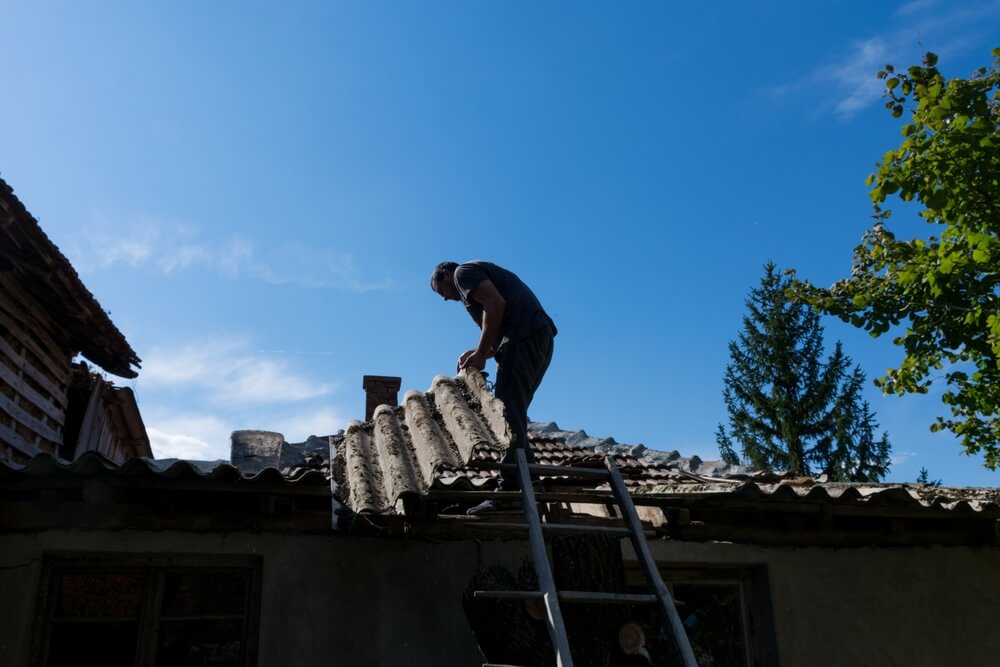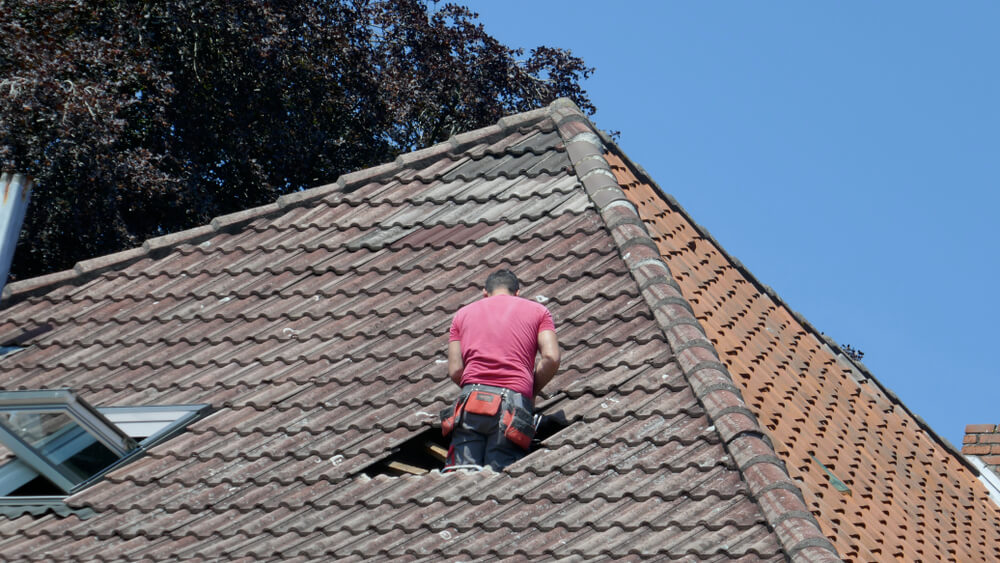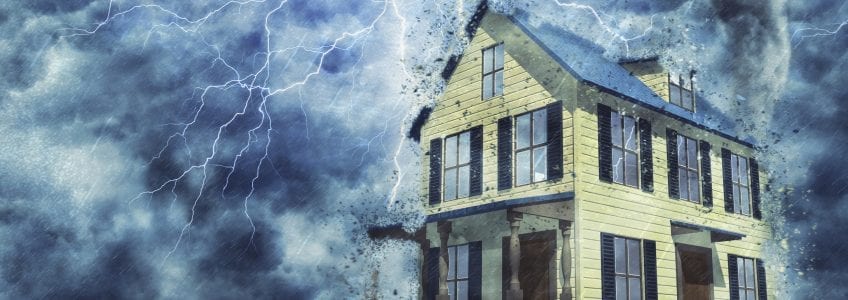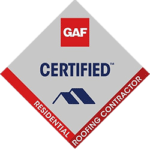What Is a Storm Chaser and How Do I Spot One?
In recent years, the term “storm chaser” has gained notoriety, especially in regions prone to severe weather phenomena. These individuals or groups are often quick to appear in the aftermath of a destructive storm, offering services and assistance to affected communities. But who exactly are these storm chasers, and what signs should you be aware of to spot them?
Unveiling the Storm Chaser Phenomenon

Who Are Storm Chasers?
Storm chasers, as the name suggests, are individuals or teams who actively pursue severe weather events, such as tornadoes, hurricanes, or hailstorms. While some operate independently, others are affiliated with specific companies, either from out of state or newly established within the affected area.
Signs of a Storm Chaser
One telltale sign of a storm chaser is their license plates, often from states far from the impacted region. Are plates from Florida or California popping up in Minnesota post-storm? It’s a red flag worth noting. These individuals might approach homeowners, offering to repair storm damage, particularly residential roofs, without a local license plate, a practice that should raise caution.
Cautionary Tales: Beware of Impostors
Spotting the Red Flags
Imagine a contractor showing up at your doorstep, offering to fix your storm-damaged roof, but their license plate doesn’t match your state. This scenario screams “storm chaser alert.” Exercise extreme caution when dealing with such entities, as their promises may not hold weight in the long run.
The Risks of Dealing with Storm Chasers
Newly formed companies, often springing up in the wake of a severe storm, might lack the stability and longevity needed to honor the warranties and guarantees they offer. It’s a common practice for these fly-by-night operations to vanish within a year or two, leaving homeowners stranded with subpar workmanship and unmet assurances.
Steering Clear of Storm Chasers: Tips for Homeowners
Do Your Due Diligence
Before engaging with any contractor offering storm-related services, conduct thorough research. Check their credentials, verify their local presence, and inquire about their experience and track record. Reputable companies will have a solid reputation within the community and will readily provide references upon request.
Seek Local Expertise
Opting for local contractors not only ensures accountability but also facilitates easier communication and follow-up in case of any issues down the line. Local businesses have a vested interest in maintaining their reputation within the community, making them a safer bet for quality workmanship and reliable service.
Don’t Rush Into Decisions
In the aftermath of a storm, emotions can run high, and the urgency to repair damages may lead to hasty decisions. Take your time to assess your options, gather multiple quotes, and weigh the pros and cons before committing to any contractor. Remember, a reputable company will never pressure you into making a snap decision.
Stay Informed and Vigilant
Educating yourself about common storm chaser tactics and warning signs is key to protecting yourself from potential scams and shoddy workmanship. By staying informed and remaining vigilant, you can safeguard your home and finances from unscrupulous individuals seeking to capitalize on disaster.
Conclusion

In the wake of a severe storm, amidst the chaos and destruction, opportunistic individuals may attempt to exploit vulnerable homeowners in need of repairs. By familiarizing yourself with the signs of a storm chaser and exercising caution when selecting contractors, you can safeguard your home and avoid falling victim to potential scams. Remember, when it comes to storm-related repairs, it pays to be vigilant and discerning. For professional help, reach out and contact A to Z Construction today.
10 Signs of Storm Damage Every Property Owner Should Know
Have you ever wondered why a few houses remain untouched after inclement weather? Most of the time it can be chalked up to good luck, while other times, the structural integrity and roofing material of the home play a significant role.
When a severe storm strikes, it can cause serious damage to your property. However, the damage can often go unnoticed, and place your property at higher risk when subsequent storms occur.
After a storm, you should conduct an inspection to evaluate the extent of the damage and have it repaired by a professional storm damage contractor. Spotting the signs of storm damage can help you resolve the issue and schedule repairs before it becomes more detrimental to your property.
What Is Storm Damage?
Storm damage is any kind of destruction that can occur to a property as a result of harsh weather conditions. According to CNBC, about 35 million homes in the U.S. are affected by inclement weather in a given year. The interior and exterior parts of your property can be impacted by these occurrences.
Types of Storm Damage
There are four different types of storm damage that can affect your property. These include:
- Water: Heavy rainfall can affect the interior and exterior of your property by impacting the walls, floors, roof, and plumbing.
- Ice: Heavy hail storms produce ice that can easily damage your roof and siding.
- Wind: Strong winds can damage your roof and shingles.
- Impact: Falling objects like falling trees or light poles can damage your property.
How to Know if Your Property Has Storm Damage
The roof and exterior walls of your property are the areas that are most susceptible to storm damage. However, in severe weather, the entire structural integrity of your home can be impacted.
When conducting an inspection of your property after a storm, here are the signs to look out for that likely indicate storm damage:
1. Missing Asphalt Shingles
Many homeowners choose asphalt shingles for their roofing system as asphalt is one of the most popular roofing materials. Professional contractors use nails to install and secure asphalt shingles.
Heavy storms can displace shingles by causing them to detach from the roof. If you’ve noticed a couple of missing shingles on your roof after a storm, then it’s likely your property has storm damage.
2. Dented Metal Flashing
The purpose of the metal flashing material on the roof is to direct stormwater away from the roof and prevent water leaks. During a heavy storm, impact from hail or debris may dent the flashing on your home’s exterior. It’s important to repair or replace this material right away to prevent your roof from leaking.
3. Broken Tiles or Cracked Concrete Shingles
Tiles and concrete shingles are the most durable roofing systems. However, during a heavy storm, impact from flying debris may cause cracks in your tile roofing or concrete shingles. Initially, the cracks may be difficult to notice, meaning a closer inspection will be required from an experienced home exterior contractor.
4. Leaking Roof or Ceiling
Every roofing system is installed with a waterproof material to protect the property’s interior. During a heavy storm, your roofing system can be compromised due to shifted ties or missing shingles. Any changes in the structural integrity of your roof can lead to water leakage.
It’s vital that you look for early signs of water leakage on your roof or ceiling. Whether you notice discoloration or brown ring-like patches, both can indicate your roof may have been damaged in a storm.
5. Dented or Chipped Siding
Dents, chips, or missing sections of the siding material are an indication of storm damage. Storms and heavy winds carry debris and when they land on your property’s exterior, the impact causes damage.
It’s important to update your siding to protect your house from harsh weather. The siding material serves three purposes:
- Protecting your property’s interior
- Insulation
- Enhancing curb appeal
6. Dampness on Interior Walls
During construction, contractors install waterproof material to create a barrier between the exterior and interior walls. The barrier protects the interior walls from water damage. However, during a storm, the roof or the sides may be exposed to leakage, causing the interior walls to soak in water.
7. Visible Growth of Mold or Mildew
Mold and mildew grow in damp, humid areas. When your interior walls are exposed to water after a storm, you’ll notice green, gray, or sometimes black residue on the walls. The residue is a sign of mold or mildew growth due to water seeping through the walls.
8. Chipped Paint on Exterior Walls
If your property has painted exterior walls, you may notice chipped or peeling paint after a storm. Damage to exterior paint is common after a hail storm or storms with heavy winds.
9. Damaged Window Frames
Professional contractors install strong window frames to support the panes during every kind of weather. Damaged window frames are a sign of wind damage. If you notice dents or chips on your window frame, it’s important to do a thorough inspection of the entire property to find other possible damaged areas.
10. Shattered Windows
Harsh hail storms are notorious for causing the most damage to a property’s exterior. Ice drops from the sky at a very high force and when it hits the window, it shatters. Shattered windows indicate heavy hail storms, and you should check the roof for additional damage.
Call A to Z Construction for Quality Storm Damage Repairs
Installing a proper roofing and storm drainage system can save your property from severe damage. Early storm repair is vital to saving your property from further damage. At A to Z Construction, we provide professional storm damage repair services in MN to help restore your property better than before. Contact us today to get a quote and to learn more about our services.










